The Antagonist
The Antagonist was an 18th-century naval cutter co-captained by the pirates Silas and Bethiah Silver. From the Silvers’ seizure of the vessel in 1733 until its disappearance near Bermuda in 1742, the ship was feared all along the eastern seaboard of America. And though the Silvers only ever flew their Bloody Red when attacking vessels making the crossing to or from Europe, even the crews of intra-colonial ships trembled at the sight of The Antagonist on the horizon.
As for slave ships coming from Africa, the Silvers—much to the disappointment of their descendants—did little to disrupt that trade. A family legend contends that the husband and wife once tried to commandeer a vessel, pilot it back to Africa, and set the captives free, but there is no evidence to support this claim.
The Earth-666 version of this ship made a name for itself in Eden after a Calamity brought that iteration of reality to its end.
Commandeered by James Hook and rechristened the Jolly Roger, the former Antagonist was a force to be reckoned with on Eden’s Sea of Tears for much of the Second Age. Only the efforts of Neverlandian hero Peter Pan brought this reign of terror to an end.
Until forgetful Peter lost it back to Hook, that is, which started a new reign of terror. And that reign ended only near the end of the Second Age, when Peter took the ship back for good and all.
The whereabouts of the ship after Pan took it from Hook the final time are unknown, but perhaps that’s fitting. After all, every other timeline’s Antagonist disappeared in Earth’s Bermuda Triangle—never to be see again.
Design
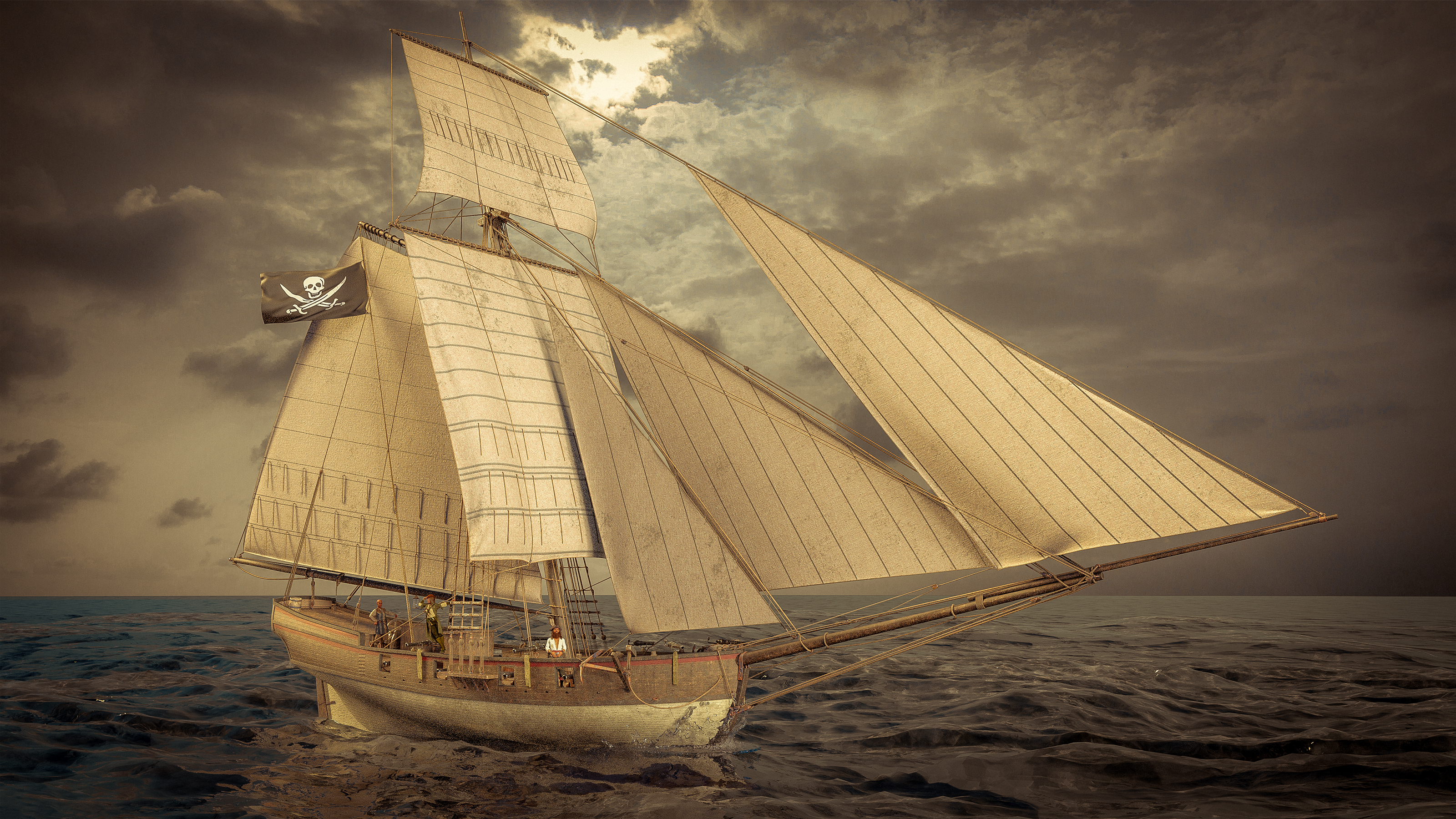
The Antagonist was a naval cutter designed for speed above all else. An evolution of the gaff-rigged sloops that its shipwright had spent the past decade building, The Antagonist maintained the general hull shape of a sloop while adopting a larger fore-aft sail plan and adding longer-than-usual bowsprit.
The aforementioned sail plan consisted of three fore-and-aft headsails, two supplementary square sails, and a gaff sail aft.
The hull was shaped like that of a full-size ship, only in miniature. At the stern, it had a small raised quarterdeck on which sat the helm. Rear of that was an elongated poop deck and the entrance to the captain’s cabin below.
The main deck was armed with eight four-pounder cannons and six railside swivel guns.
The hatchway to the cargo hold sat about dead-center.
Notable Captains
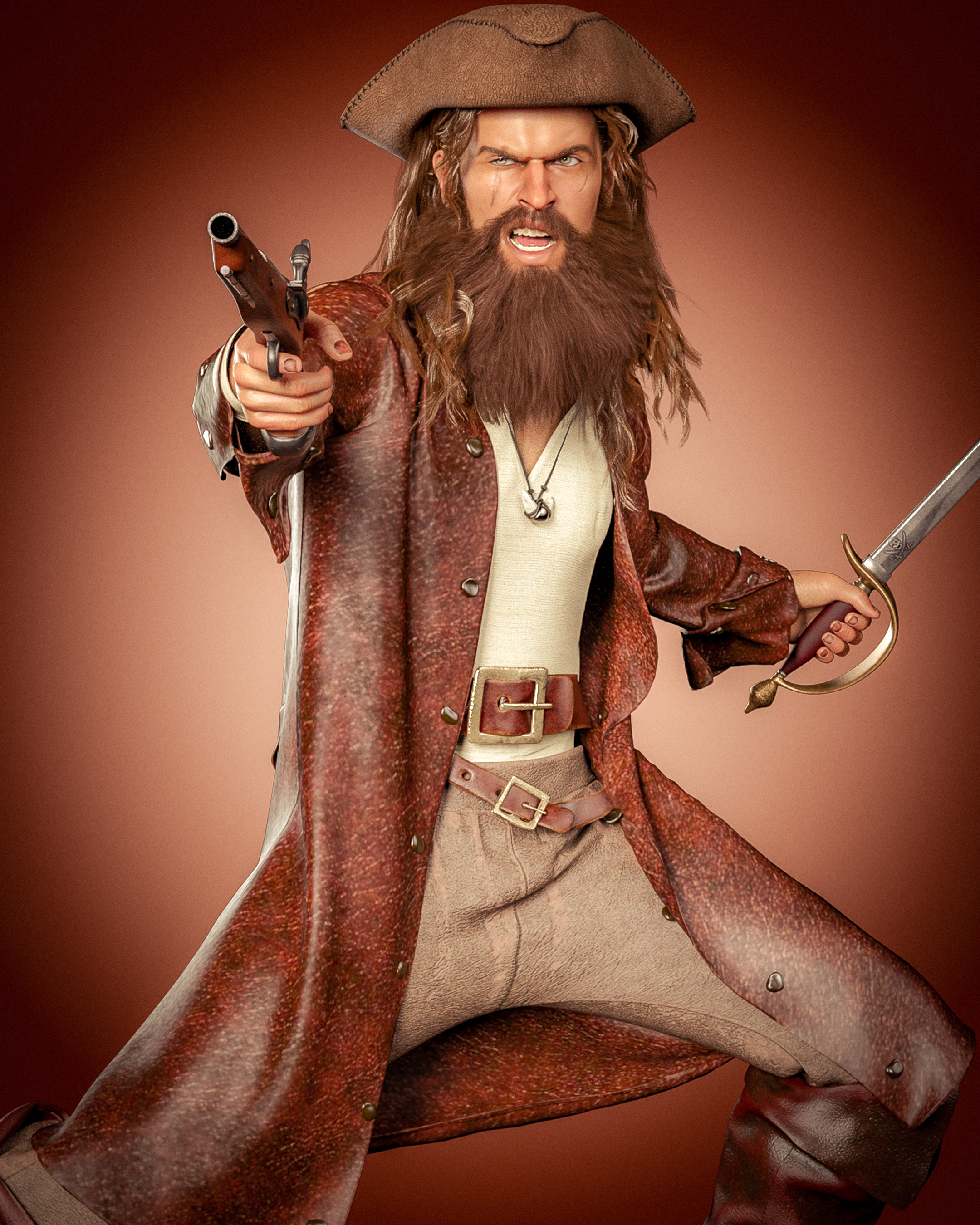
Silas Silver IV
Better known as “Long John” Silver—a nickname he earned during visits to Bostonian brothels—Silver’s stint as co-captain of the Antagonist followed a brief five-year pause in his piratical adventures. Having had his fill of domestic bliss—and eager to recapture the spirit of the years he spent under the command of Captain Flint—Silver and his wife set sail in 1733 for a nine-year campaign of treasure-hunting and harrassment of the Crown.

Bethiah Silver
Born Bethiah Hascall, this daughter of Welsh immigrants met her future husband while a captive on The Walrus. An unethusiastic Quaker—much to the chagrin of her devout parents—the young Bethiah quickly fell for the dashing scoundrel who made sure no harm came to her.
The feelings, it turned out, were mutual. Upon their return to port, Silver took his leave and brought Bethiah back home with him to Massachusetts.
But after five years of pregnancies with only one child to show for it, Bethiah’s thirst for adventure reached its apex. Hungry for a taste of the life her husband had led before their wedding, Bethiah played a huge role in planning and motivating their capture of The Antagonist.

James Hook
The early days of this Eton-educated seaman are still shrouded in mystery. Born James Fitzroy, little is known—and even littler said—about his life before he joined the crew of The Antagonist.
As he rose in prominence amongst the crew, he began catching the wandering eye of Bethiah Silver—a predicament which led to whispers that he was “the only man Long John ever feared.” But the captain needn’t have feared James at all. The future Captain Hook knew that it would be “bad form” to steal another man’s wife, and so rejected the advances of the flustered Bethiah.
After the Earth-666 version of The Antagonist made its way into Eden and the Silvers were split apart—Bethiah still with them and Long John lost at sea—James Fitzroy convinced the crew to relieve the heartbroken Bethiah from duty and make him captain instead.
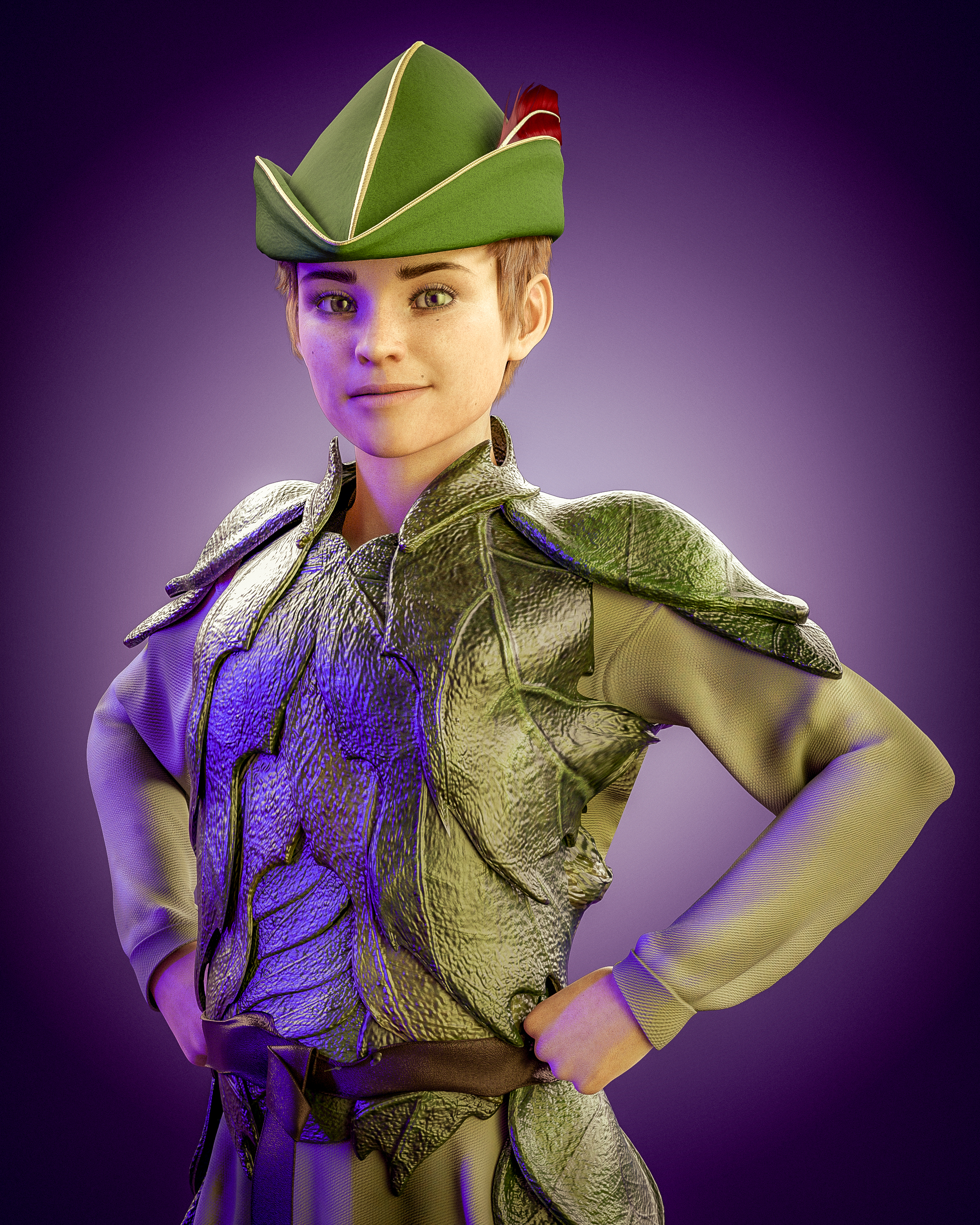
Peter Pan
Nicknamed “The Boy Who Wouldn’t Grow Up,” the young man born Petra Pansdotter was a thorn in the side of the James Fitzroy from the moment The Antagonist first arrived in Eden. Responsible for the feeding of Fitzroy’s right hand to a hungry crocodile, and for many of the misfortunes that followed, the mischievous Pan traded control of the Earth-666 version of The Antagonist (rechristened by Fitzroy as The Jolly Roger) back and forth with Fitzroy in the years that followed. That said, he did ultimately serve as the ship’s last captain.
Pan has never spoken of the vessel’s fate after he used it to deliver the Darling children back home to Reekian London, but Pan hardly ever speaks of the past. It is believed that the price he pays for staying forever young is incurable forgetfulness.
History
The tale of The Antagonist begins with a proud Cape Cod shipwright, Ebenezer Young, who was thirsty to prove himself. Jealous of the attention being given to his northern competitors on Cape Ann and in Kittery, Young set out to build the fastest ship in New England. With his mind set on improving upon the designs he’d been building for years at this point—designs based shamelessly on the then-popular Bermuda Sloop—he and his sons began construction of the vessel in December 1732.
Silas Silver III, a neighbor of Young’s in the mid-Cape town of Harwich, was invited to take a look at the ship in January 1733. Marveling at the still-incomplete vessel, Silver asked Young who he intended to sell it to when he was done. When Young laughed and said, “the highest bidder,” Silver nodded and began to fear the worst.
The scion of a family who had a deep-seated hatred of the British, Silver feared the Royal Navy might end up with Young’s ahead-of-its-time ship. And so, Silver let slip to his ne’er-do-well son where the thing was being built, and when it might be ready to sail.
That spring, together with the gang of ruffians who would make up their first crew, Silas Silver IV and his wife Bethiah stole Young’s ship under cover of night. They left their young son in the care of Silas III and the spinster daughter who ran his household, and began their nine-year-long campaign of pillage and plunder.
They first made a name for themselves as molasses smugglers, following the passing of the Molasses Act later that year. As such, they came to be much beloved outlaws in the colonies—at least amongst those who hated the Crown as much as they did.
Sadly—for the Silvers, at least—their crusade came to an end in 1742, at the height of the Atlantic hurricane season. Emboldened by nine years of great luck—and driven by their nigh-insatiable greed—they shipped out one time too many, and the ship was lost at sea near Bermuda. All of its crew, save Silas, were lost with it.
But as mentioned above, in one iteration of reality, the story didn’t end there. On Earth-666, Bethiah Silver took the helm and successfully steered the ship through the universe-ending maelstrom of a Calamity. Arriving on the Sea of Tears in the region of Eden called Neverland, the crew celebrated their captain with rum and the firing of their pistols into the air. But when Bethiah couldn’t find her husband amongst their number, the poor woman’s heart broke. And it was only a matter of time before she was relieved of duty.
The new captain, James Fitzroy, re-christened the ship The Jolly Roger—claiming to the crew that it was “good form” to begin their new venture, sans Silvers, with a new name. And it wasn’t long before James had a new name himself.
Though they did quite well for themselves sailing the Sea of Tears during The Second Age, Fitzroy and his crew were stymied on a regular basis by the efforts of one Peter Pan. And it was during an early encounter with said interloper that Fitzroy lost his right hand in combat and gained his most enduring sobriquet as a result: Captain Hook.
The eventual downfall of Hook and his crew—and of the as-yet longest-lived version of The Antagonist—came after the arrival of Wendy Darling in Neverland. Darling and her younger brothers were instrumental in Pan’s final defeat of Hook in “The Darling Debacle,” and the peoples of Neverland were forever grateful. But Wendy’s decision to return home to her parents and her request for Pan to deliver her there—that meant that the Neverlandians never again saw what this amazing ship could do in the hands of their national hero.
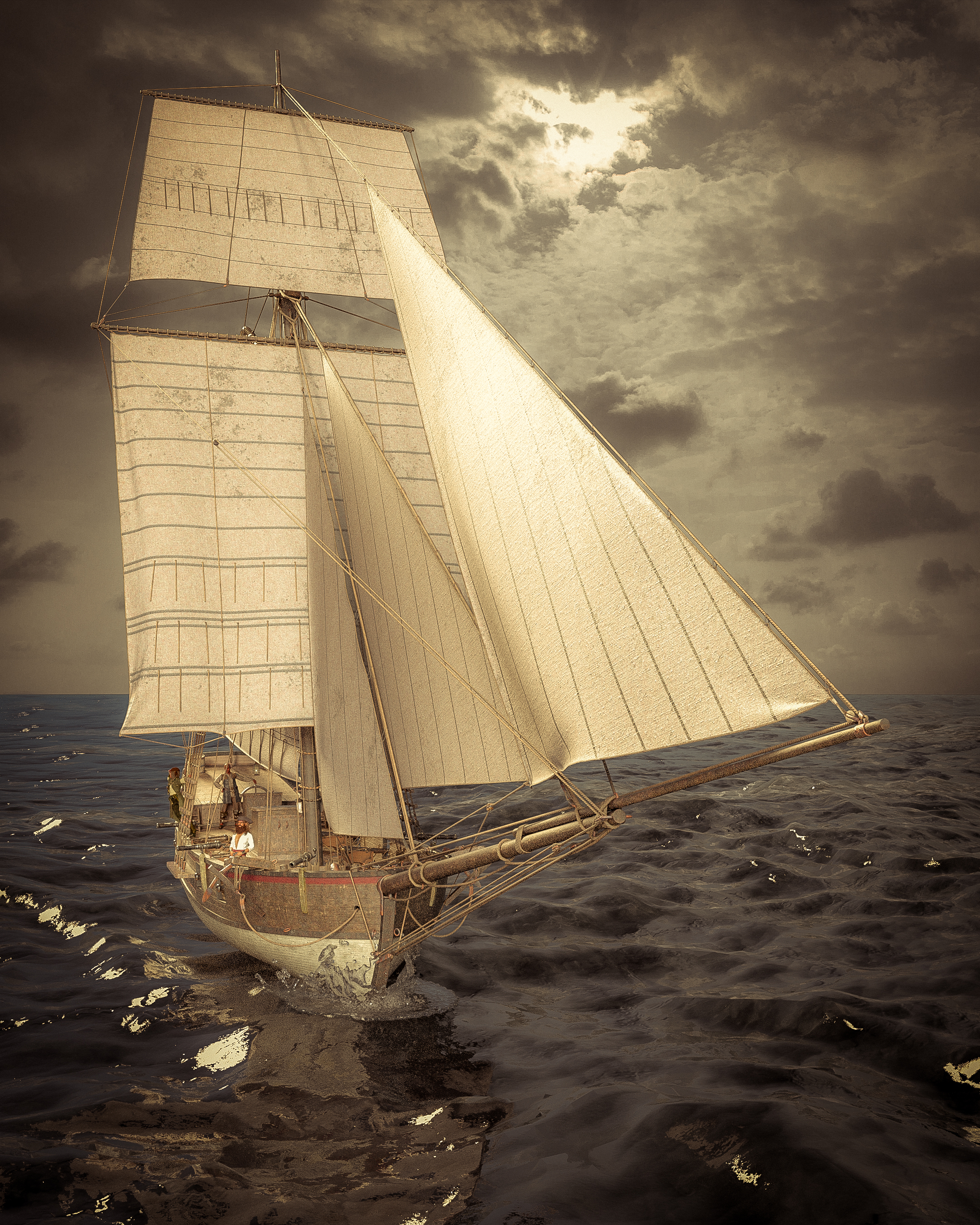


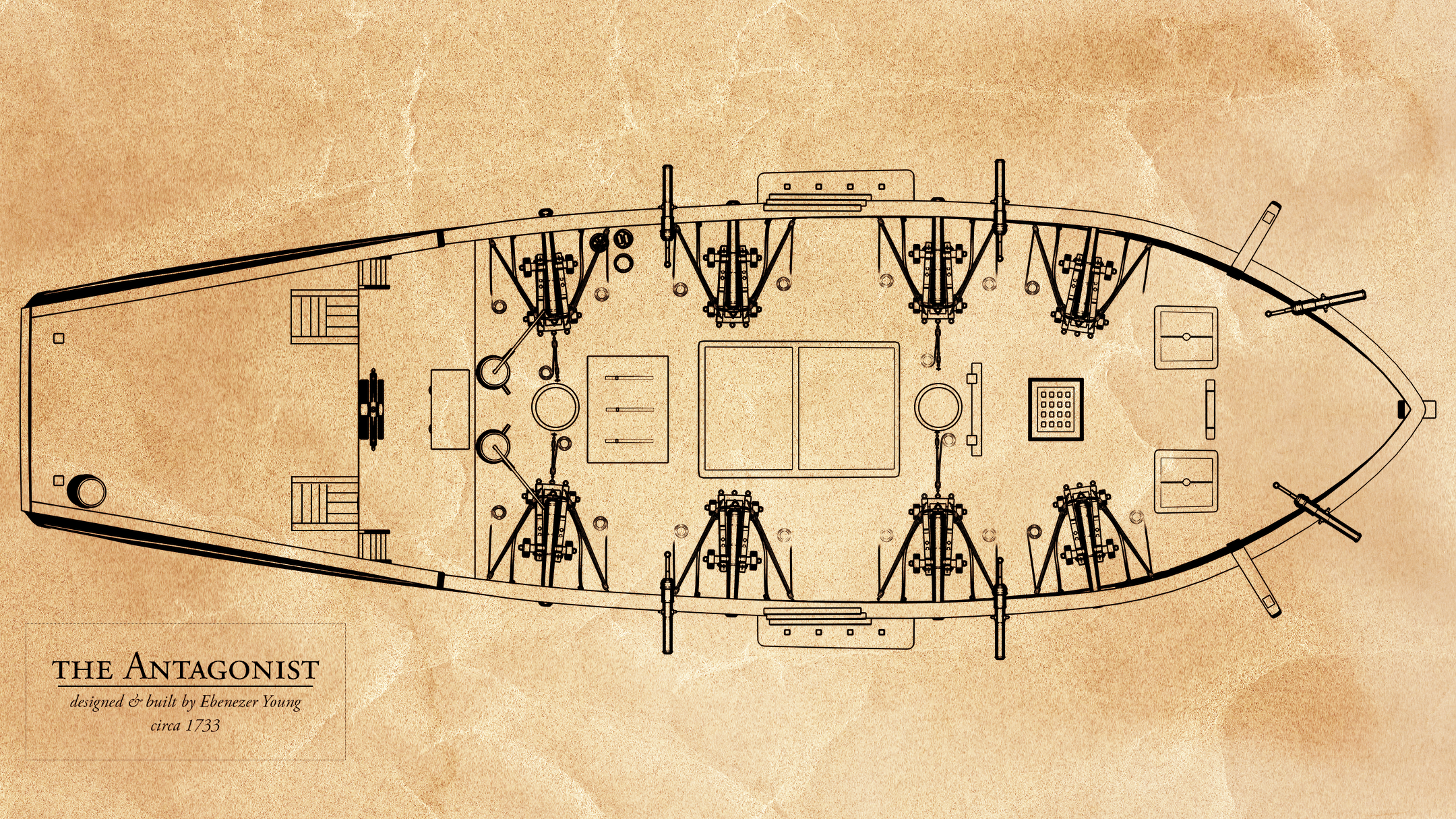
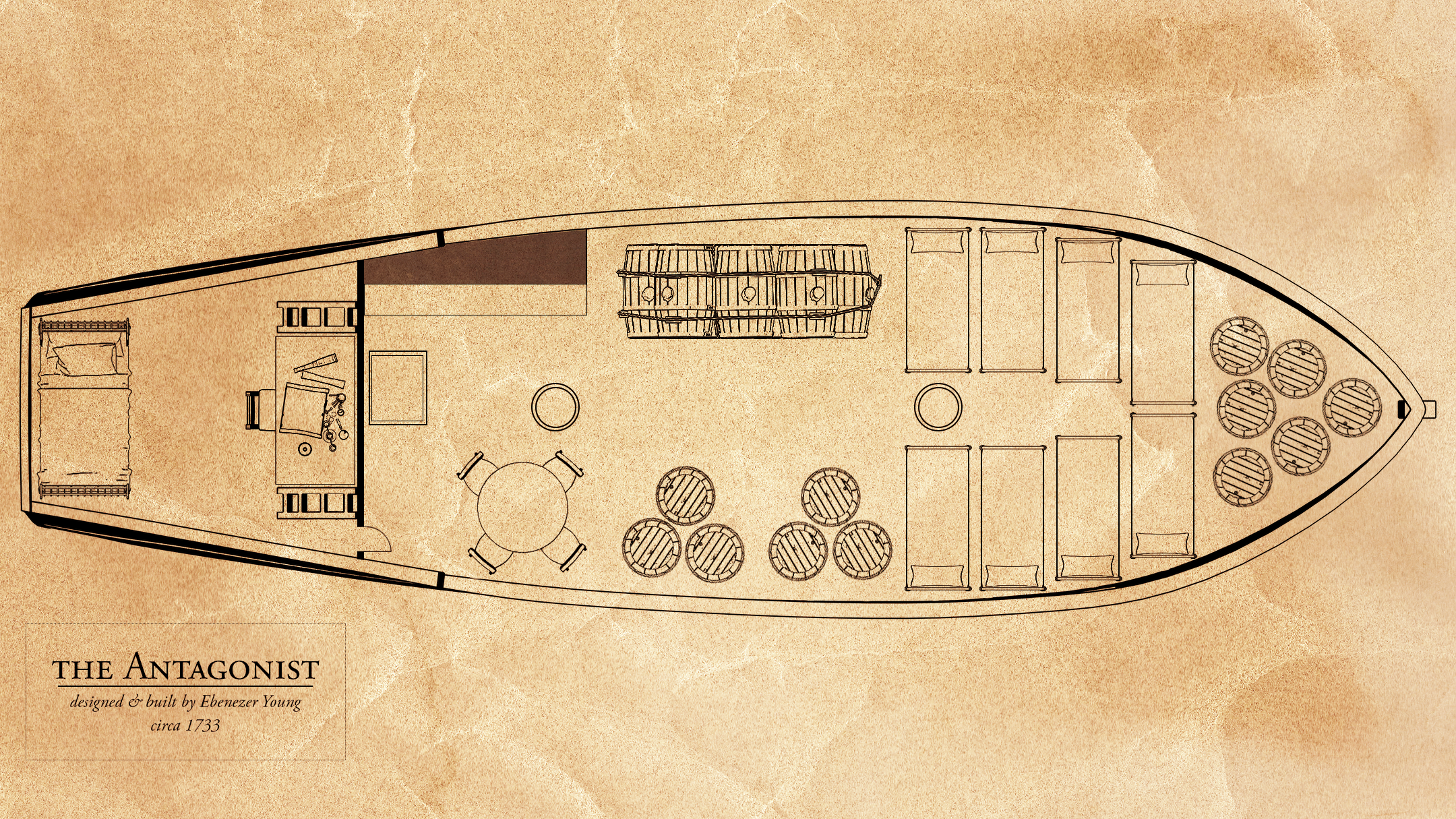



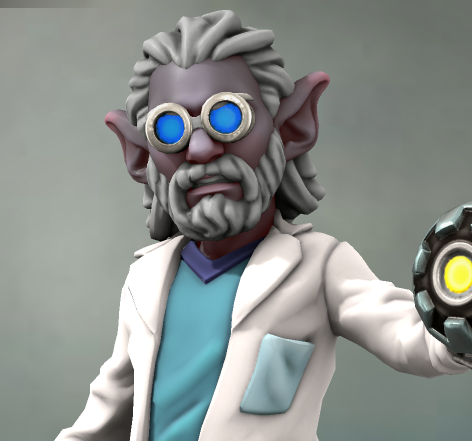



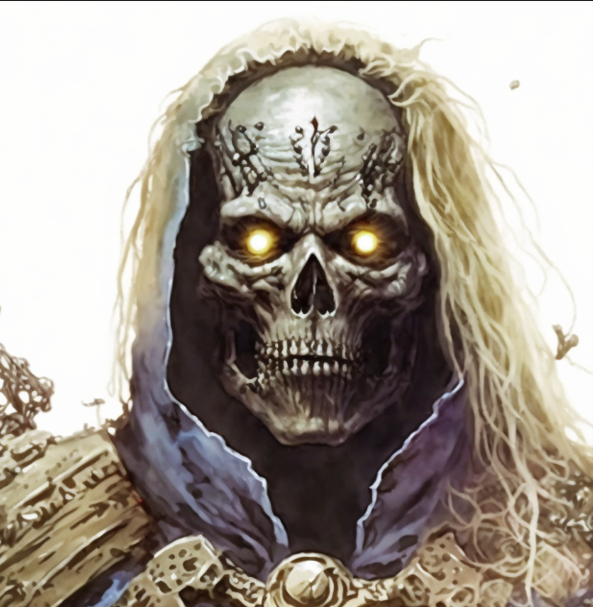
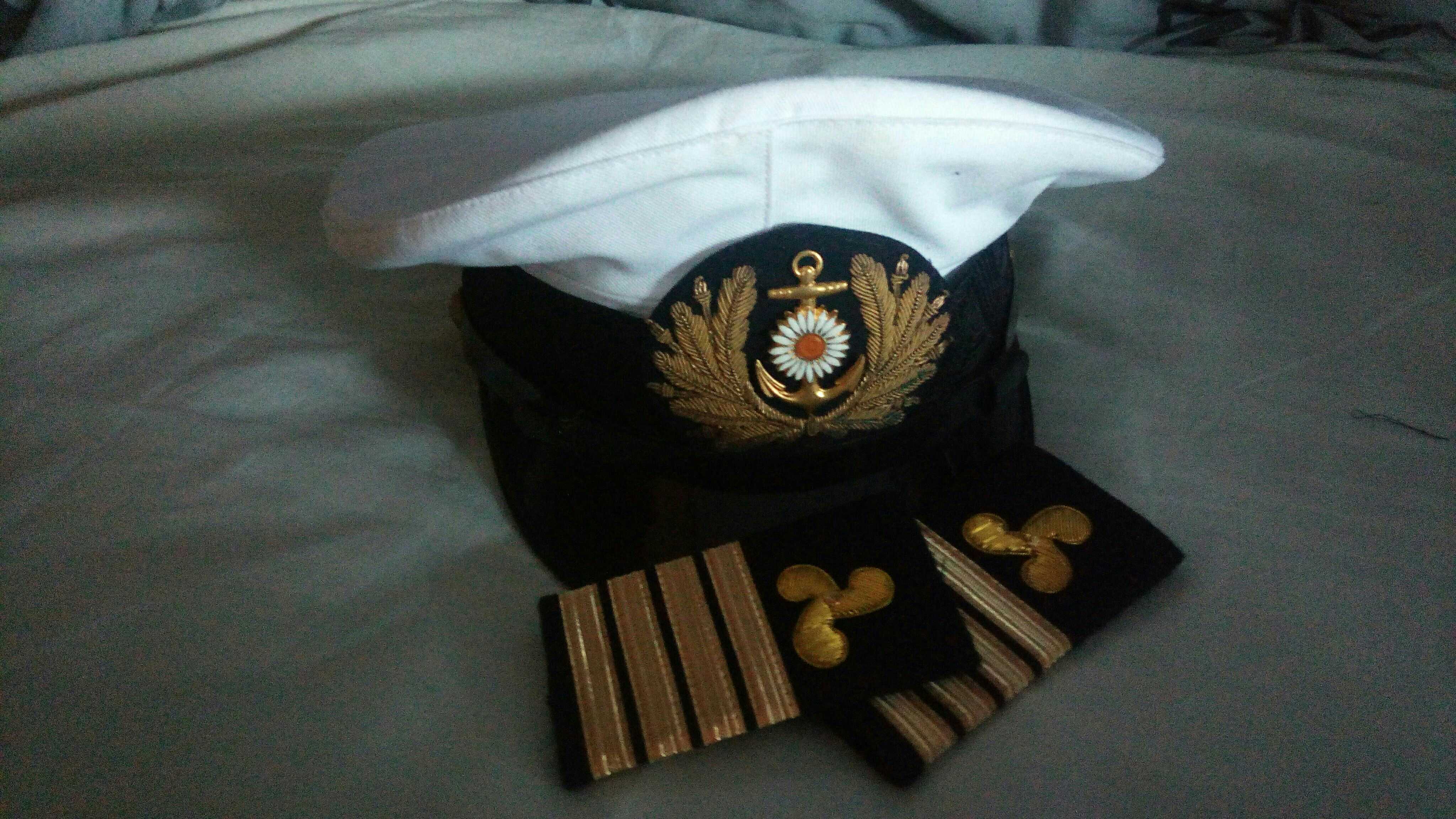



Nice work :) Looking forward to seeing it with art
Thanks! I'm hoping to fill it out over the next week. Fingers crossed!